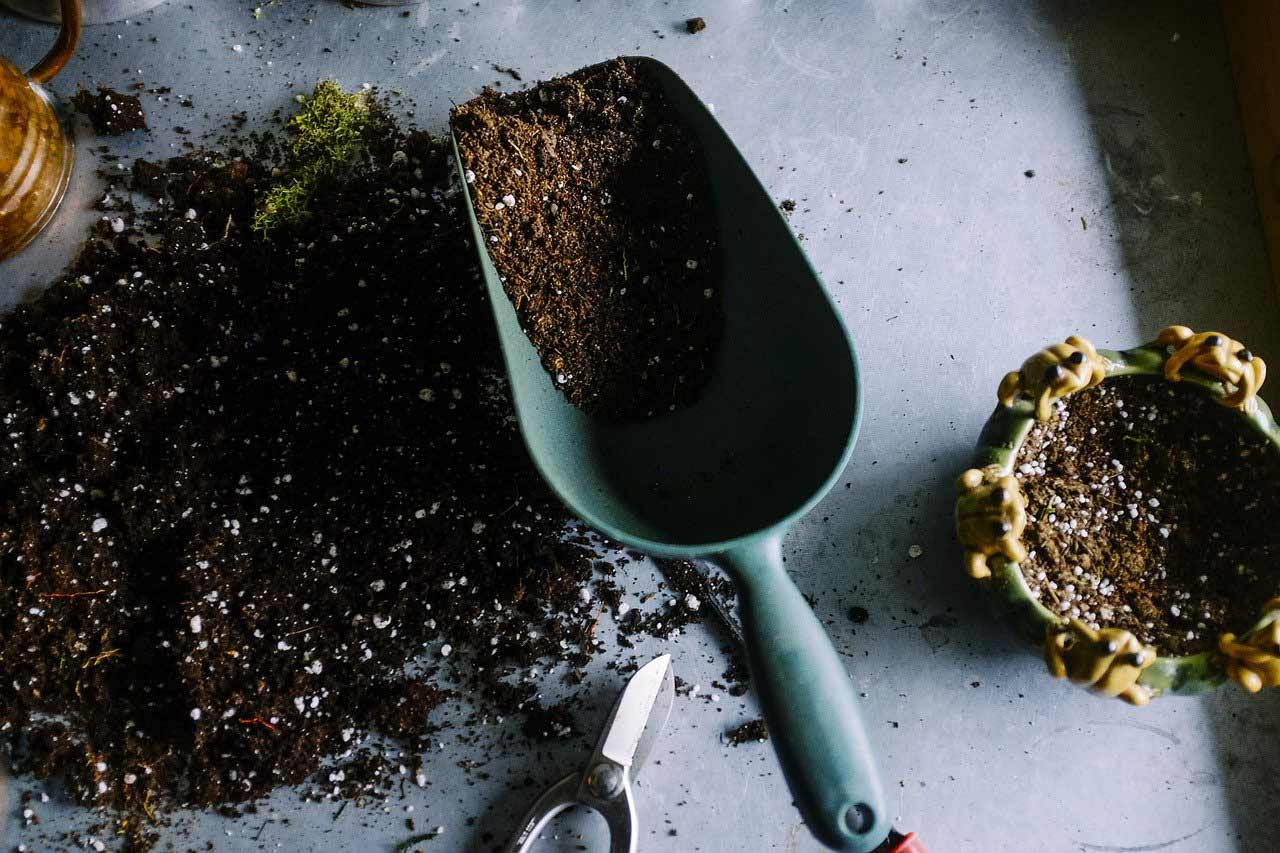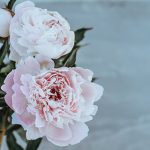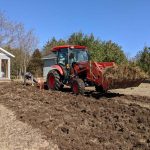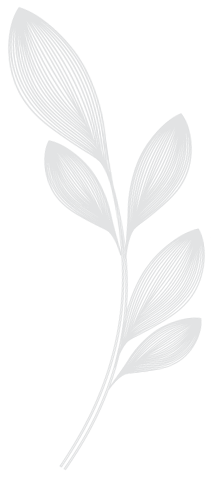
LAVENDER BLOSSOMS FLOWERING IN JULY
Plants Like People Have Their Own Unique Personalities
When your new garden has been planned and installed properly, maintenance will generally be limited to weeding, top-dressing, mulching, fertilizing, and watering, at least for the first few years. You shouldn’t and preferably will not have to relocate anything because the amount of room a plant occupies at its mature size will have been factored into the design, along with its flower colour, leaf texture and light requirements. However, there are exceptions; plants, like people, have their own unique personalities. If a friend offers you a plant cutting from their garden and you plant it in your garden you will have a pretty good idea about the personality of that particular plant as long as you plant it in similar conditions. But when you purchase plants from a garden centre—mislabelled and mixed up plant tags aside—what you think you are planting is not always what you end up with.
Case in point; for one of my clients I planted a pair of “Peaches and Cream” Garden Astilbe’s amidst a bed of various other shrubs and perennials. The plant tag said that the Astilbe’s would reach a mature height of 2 to 2-1/2 feet and a mature width of about 1 to 1-1/2 feet. The very next summer one of the two Astilbe’s shot up to over 4 feet in height and 3 feet in width. The other Astilbe remained true to its estimated size. We had to transplant the larger Astilbe to another location because it completely dwarfed the plants around it and looked out of place in the design of the garden. This same scenario has happened to me more than a few times and unfortunately a wonky individual genetic make-up is not something that can be controlled.

HEALTHY SOIL AND GOOD SOIL MAINTENANCE ARE KEY TO A SUCCESSFUL GARDEN
Healthy Soil and Good Soil Maintenance are Key to a Successful Garden
Aside from genetics, there are also many external factors that will influence the health, mature size, and even flower colour of a plant, however these are more easily controlled. Soil is the most important one. Some plants will thrive in any kind of soil, however most plants have a few preferred soil conditions, and the closer that those conditions are met the greater your chances are that the plant will flourish. I repeatedly instruct my clients on the importance of good soil maintenance. As a result, I have had to factor into my designs that most of the plants end up reaching a mature size that is slightly bigger than their plant tag estimates. To the contrary, when a plant is poorly tended by my clients (i.e., the soil is not enhanced on a regular basis, and the ph level is off, or the garden is not adequately watered) the health of the plant and the root system is compromised and the plant usually performs poorly or dies.
Form a Relationship with Your Plants
When you bring home a new plant specimen to live in your yard, treat it like exploring a new relationship. Put your expectations aside and take the time to get to know the individual. With some luck you will be completely enraptured by its beauty and the two of you will become bosom buddies. If you find the opposite is true and you are sorely disappointed with its performance, a generous dose of love, attention and patience will often do the trick.
Check in with us once a month between March and October for tips on how to care for your garden. And remember, Design for Conscious Living® is a full-service interior and exterior design company. We can help you with everything from decorative flowerpots to the design and installation of your dream garden.







